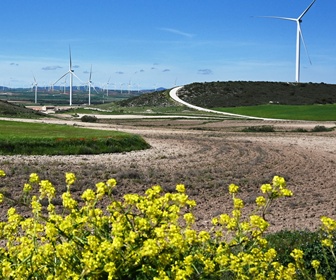DNV has issued a set of recommendations and a timeline to build a fully functional offshore HVDC transmission network to support U.S. offshore wind power goals.
As the first phase of a Joint Industry Project (JIP) exploring the feasibility of incorporating HVDC (high voltage direct current) transmission into the U.S. grid concludes, these guidelines emerge from collaboration across the sector, incorporating insights from a multitude of stakeholders.
The foremost recommendation from this study is for agencies, governor’s offices, developers, HVDC equipment manufacturers, and service providers to work together towards building an offshore transmission system.
Most imperative is an urgent need for states to focus on procuring 320 kV HVDC symmetric monopoles without AC or DC interlinks. This strategy not only safeguards ongoing project success but also secures continued public backing for offshore wind development. Leveraging mature technology and a larger fleet of vessels for offshore converter station transportation and installation, this approach minimises risks, providing immediate benefits to existing and upcoming offshore wind projects while bolstering public trust in the industry.
The study also recommends a step-by-step build-up of infrastructure that takes into account the global HVDC equipment market and recent procurements and partnerships in Europe that are driving the market. The phased approach to procuring and installing an HVDC transmission network is intended to overcome current barriers and create a clear pathway to an offshore transmission network. Participants in the JIP laid out short-, mid-, and long-term milestones for building an HVDC transmission network, starting with symmetric monopoles at 320kV, leading to a fully functional, 525 kV HVDC network with DC interlinks. Ultimately, the creation of a fully functional HVDC transmission network will maximise public benefits by increasing energy deliverability and enabling intra- and inter-regional power transfers.








